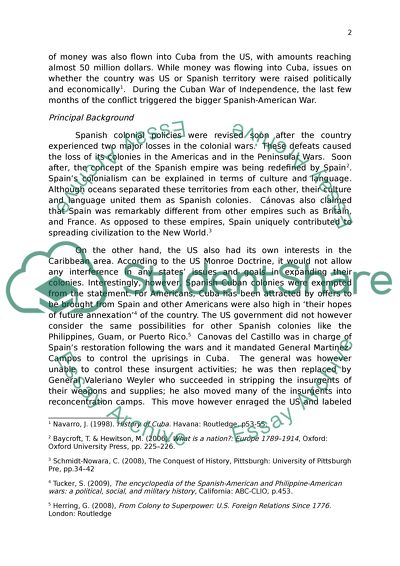Cite this document
(“What were the principal causes and consequences of the Essay”, n.d.)
Retrieved from https://studentshare.org/history/1395410-what-were-the-principal-causes-and-consequences-of-the-spanish-american-war
Retrieved from https://studentshare.org/history/1395410-what-were-the-principal-causes-and-consequences-of-the-spanish-american-war
(What Were the Principal Causes and Consequences of the Essay)
https://studentshare.org/history/1395410-what-were-the-principal-causes-and-consequences-of-the-spanish-american-war.
https://studentshare.org/history/1395410-what-were-the-principal-causes-and-consequences-of-the-spanish-american-war.
“What Were the Principal Causes and Consequences of the Essay”, n.d. https://studentshare.org/history/1395410-what-were-the-principal-causes-and-consequences-of-the-spanish-american-war.


